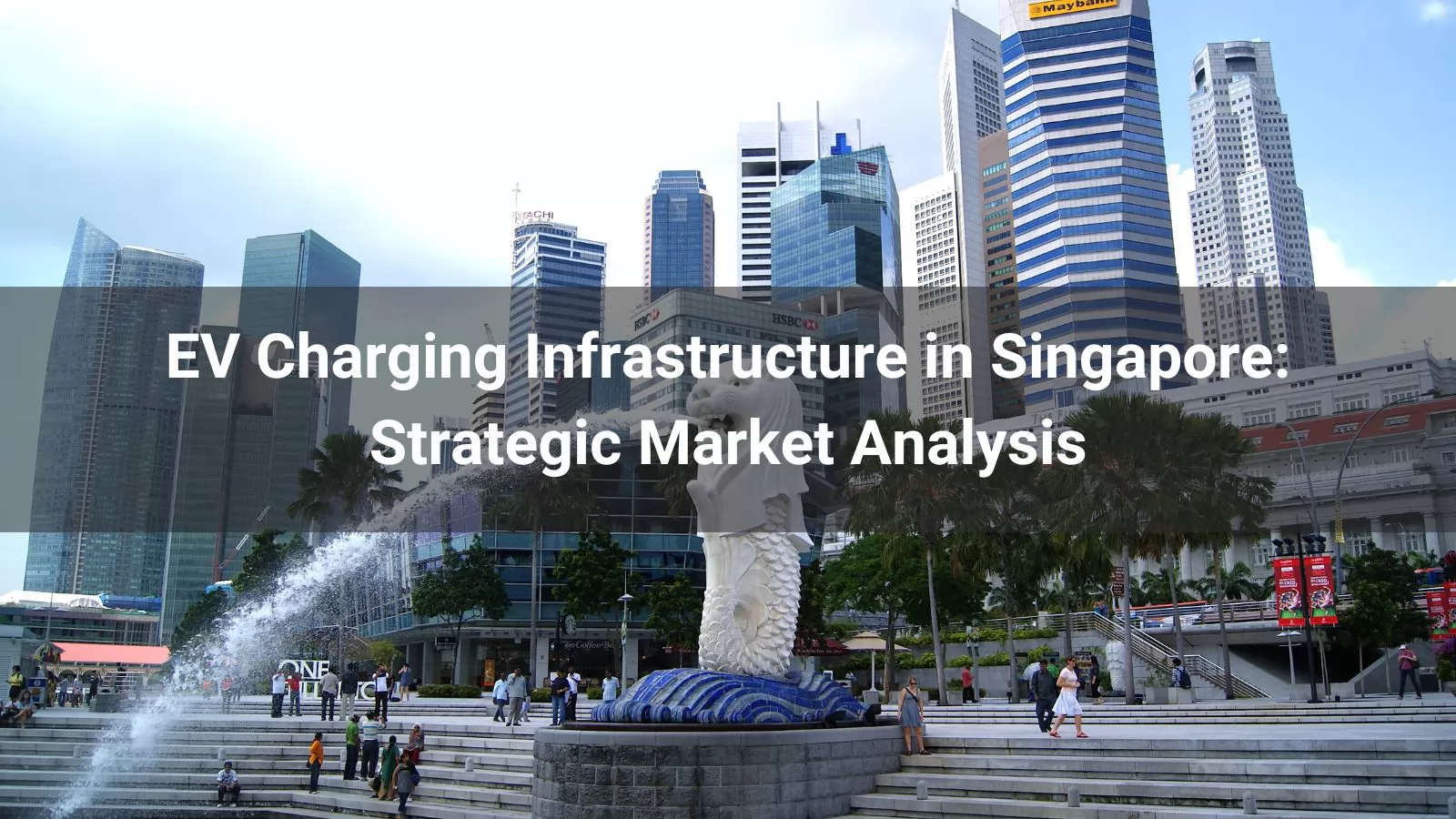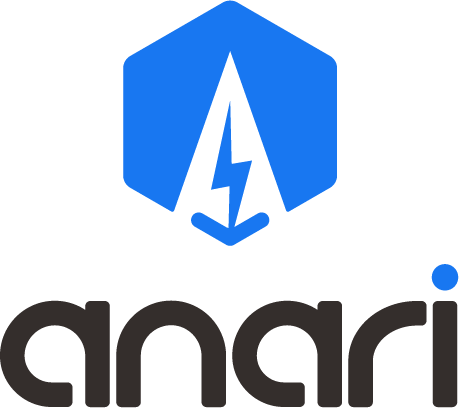
Singapore's electric vehicle (EV) charging infrastructure sector is advancing rapidly toward its 2030 target of 60,000 charging points, with over 10,000 operational as of mid-2025, reflecting a 40% year-over-year increase in deployment. Driven by the Singapore Green Plan 2030 and regulatory frameworks like the Electric Vehicles Charging Act (EVCA), the market is projected to grow from USD 63 million in 2022 to USD 651 million by 2030, at a CAGR of 34.7%. EV adoption has surged to 40.2% of new car registrations in Q1 2025, underscoring infrastructure's role in enabling this transition. Opportunities lie in smart grid integration and public-private collaborations, potentially adding USD 1.5 billion in value by 2030, while challenges such as grid constraints and equitable access threaten scalability. Insights from government reports and regulations highlight the need for adaptive policies to balance rapid urbanization with sustainable energy demands, positioning Singapore as a regional EV leader.
Singapore's commitment to achieving net-zero emissions by 2050 under the Singapore Green Plan 2030 places EV charging infrastructure at the heart of its sustainable transport strategy. As a densely urbanized city-state with limited land and high vehicle ownership costs, Singapore's EV ecosystem emphasizes efficient, high-density charging solutions to support a projected 80% EV penetration in passenger vehicles by 2040.
This report analyzes the sector through national policies, market status, opportunities, and challenges, drawing from frameworks like the Land Transport Authority (LTA) EV Roadmap and Energy Market Authority (EMA) guidelines. By mid-2025, the EV market is valued at approximately USD 0.46 billion, with charging infrastructure critical to overcoming barriers like range anxiety and fostering broader adoption amid regional competition.
•As part of the Singapore Green Plan 2030, the government targets up to 60,000 EV charging points by 2030, evenly split between 40,000 in public car parks and 20,000 in private premises. •EVs comprised nearly one-third of new car registrations in H1 2025, rising from 18% in 2023 and 12% in 2022. •The Electric Vehicles Charging Act (EVCA), passed in November 2022 and enforced since December 2023, introduces requirements for charger registration, licensing of operators, and mandates on new developments to provision EV-ready infrastructure. •The Technical Reference 25 (TR25:2022) sets technical safety standards, now including provisions for ultra-fast charging (up to 500 kW) and emerging solutions like battery swapping for motorcycles. •The EV Common Charger Grant (ECCG) co-funds up to 50% of charging infrastructure in non-landed private residences, where over 1,200 chargers have already been installed, and one in five such premises is projected to have charging access by end of 2025.
•In 2025, EV adoption accelerated: EVs accounted for approximately one-third of new registrations, up from 18% in 2023. •EV population surged from 6,531 in 2022 to 26,225 in 2025. •EVs now represent about 2.7% of the total vehicle fleet, with around 18,000 EVs on the roads.
•As of H2 2025, there are approximately 13,800 registered charging points, half of HDB carparks (about 1,000) are equipped with chargers, and deployment is set to reach all HDB towns by end-2025. •By late 2025 (September), charging points exceeded 15,300, including ~7,100 public-access units, with rolling out of fast chargers at key locations like Woodlands Civic Centre beginning in March 2025. •Publicly accessible chargers by December 2023: ~2,700 Type 2, ~400 CCS2, and only 2 CHAdeMo units.
•Strong Regulatory & Incentive Tailwinds: The cohesive policy architecture—Green Plan, EVCA, ECCG—provides a clear signal and financial support for infrastructure deployment. •High Utilization Potential & Dense Urban Fabric: With adoption rates rising quickly, centralized deployments (e.g., HDB estates) offer promising reach and efficiency. •Advanced Technology Integration: Singapore is open to ultra-fast charging, battery-swapping pilots, R&D support, and upcoming charging innovation. •Financing Models via Green Bonds: EV infrastructure will be partially funded through green bonds, with costs recouped via operator tariffs—creating opportunities for creative financing frameworks.
•Infrastructure Lag vs. Adoption: Despite rapid EV uptake, infrastructure still trails demand, especially for fast charging—issues include availability during peak/off-peak hours. •Standardization & Coverage Gaps: CCS2 and Type 2 dominate; legacy standards like CHAdeMo are scarce, limiting flexibility and interoperable access. •Capital & Operational Constraints: High upfront costs and slower returns may deter new entrants without de-risked financial models. •Integration with Energy Grid & Sustainability: Heavy grid connectivity demands and charges must align with Singapore’s carbon and energy mix strategy (e.g., low-carbon energy imports).
| Strategic Objective | Insight & Targeted Approach |
|---|---|
| Regulatory Anchoring | Align with NEVC and LTA’s roadmap; ensure compliance and leverage green bond–funded projects. |
| Fast Charging & EV Fleet Focus | Deploy fast-charging hubs near fleet use-cases (taxis, delivery) with charging-on-demand. |
| Innovative Deployment Models | Pilot CaaS, BOT3, or BOTX models, easing operators’ capital barriers via tariff-backed revenue. |
| Technology Differentiation | Introduce multi-standard, ultra-fast, and interoperable hardware; emphasize ease of use. |
| Energy & Grid Strategy Collaboration | Partner with utilities and EMA-linked projects importing low-carbon power for sustainable charging. |
| Private Residential Aggregation | Target condo/management committees with turnkey EV solutions under ECCG-wrapped models. |
| Data-Driven Targeting & Consumer UX | Use analytics for optimal site placement; integrate user-friendly reservation/payment platforms. |
| Stakeholder Ecosystem Participation | Contribute to standard development; provide training/certification for NESS onboarding. |
Singapore’s EV charging landscape is underpinned by a robust regulatory architecture, accelerating EV uptake, and a focused infrastructure rollout—but with real gaps in capacity and execution. For Anari Energy, the key lies in harnessing policy momentum, delivering innovative delivery models, prioritizing high-value charging formats, and aligning with Singapore’s low-carbon energy strategy. Positioned effectively, Anari can become a strategic partner—not just a vendor—in Singapore’s sustainable mobility transformation.




